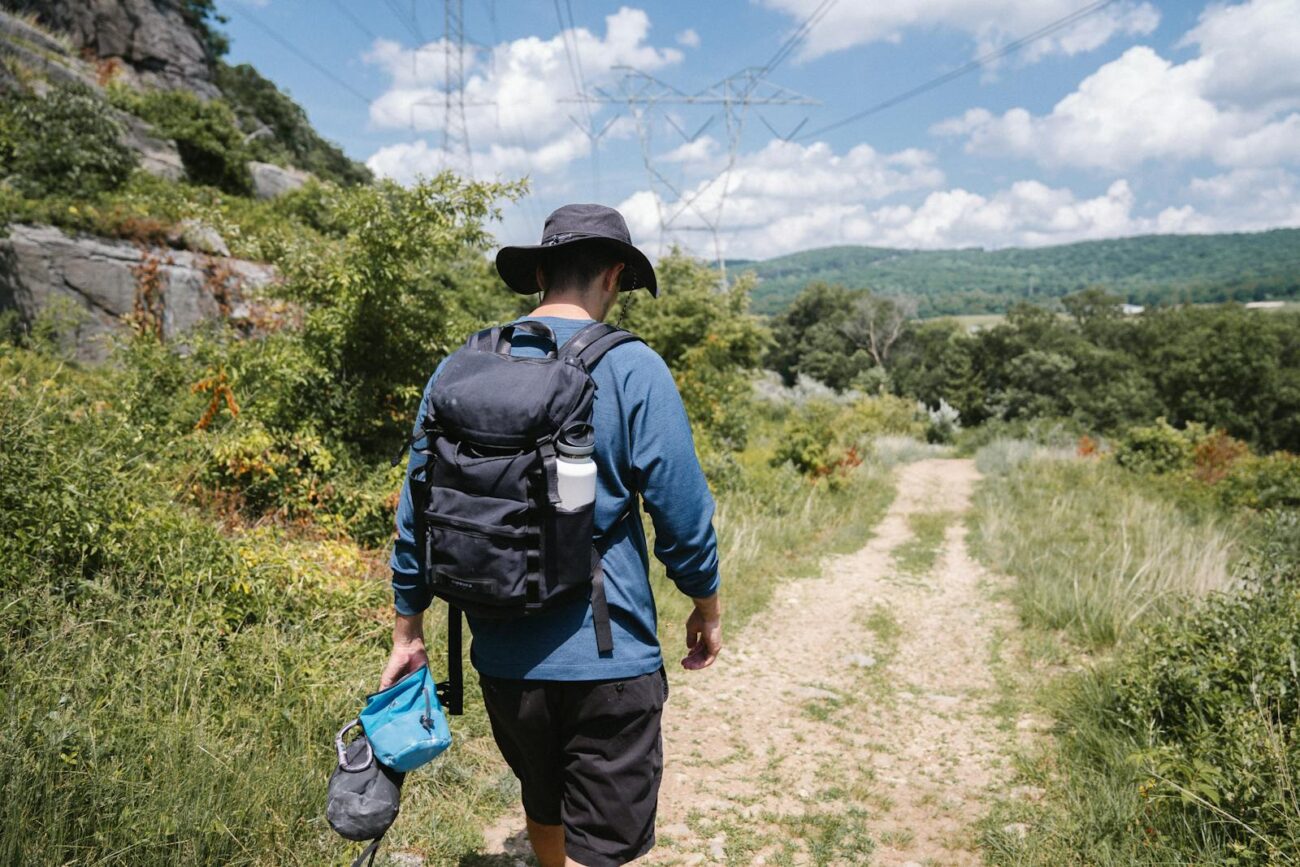Selecting the perfect backpack for your hiking adventures is far more than just picking a bag that looks good or happens to be on sale. The right backpack can make the difference between an enjoyable journey through nature and a painful trek filled with discomfort and frustration. Your pack becomes your portable home on the trail, carrying everything from essential survival gear to personal comforts. With countless options available—ranging from ultralight minimalist packs to expedition-ready behemoths—finding your ideal match requires understanding both your personal hiking style and the technical aspects of backpack design. This comprehensive guide will walk you through the critical factors to consider when selecting a backpack that aligns perfectly with your outdoor adventures, ensuring your focus remains on the breathtaking views rather than an aching back.
Understanding Your Hiking Style
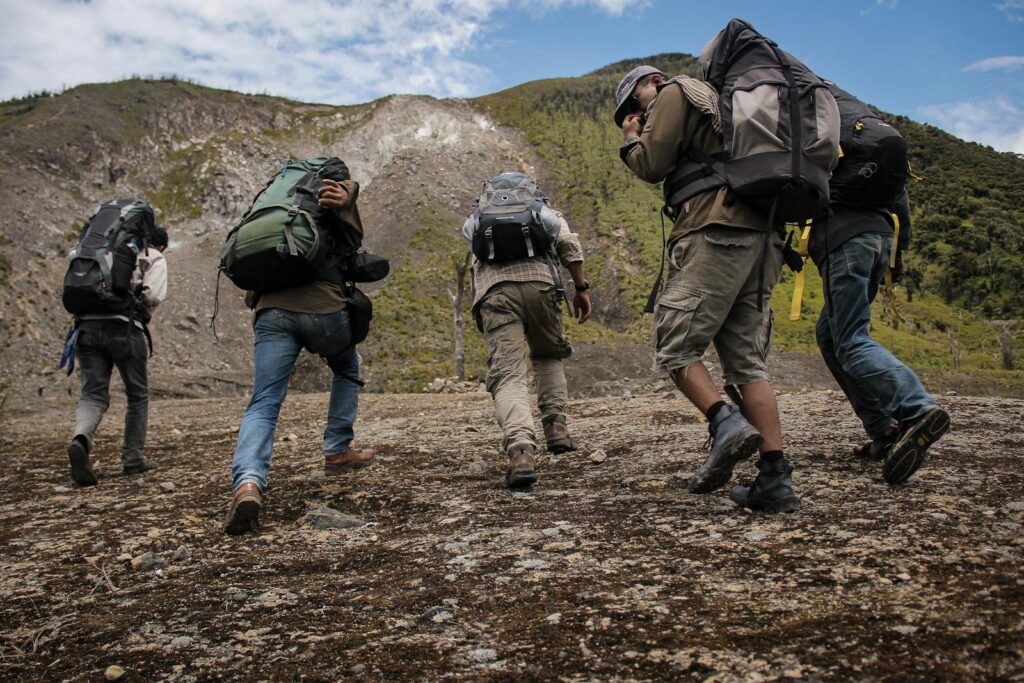
Before diving into backpack features, it’s essential to honestly assess your hiking style, as this forms the foundation for all subsequent decisions. Day hikers who enjoy short treks require significantly different storage capacities than those embarking on multi-week thru-hikes or technical mountaineering expeditions. Consider how long your typical hikes last—hours, days, or weeks—and what seasons you primarily hike in, as winter excursions demand more capacity for additional layers and gear. Your preferred terrain also matters tremendously, with alpine environments requiring specialized attachment points for ice axes or technical equipment that desert hikers would find superfluous. Finally, be honest about your comfort preferences; some hikers embrace ultralight minimalism, while others prioritize comfort features that add weight but enhance the experience.
Backpack Capacity: Finding Your Volume Sweet Spot
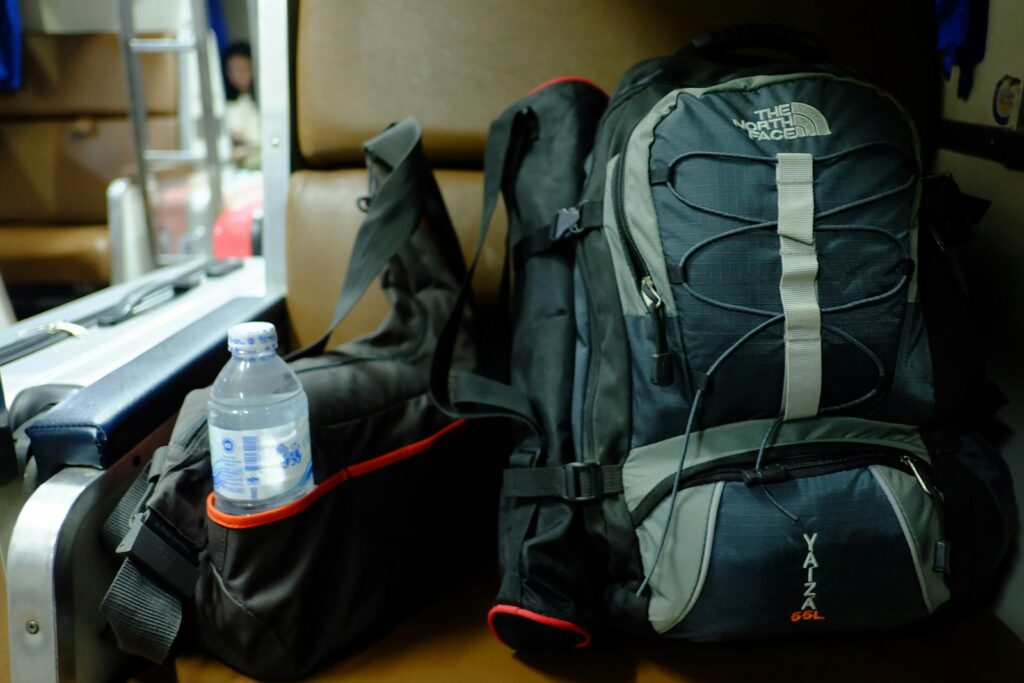
Backpack capacity, measured in liters, ranges dramatically from small 15-liter daypacks to massive 90-liter expedition packs. Day hikers typically need between 15-30 liters, providing enough space for essentials like water, snacks, a first aid kit, and an extra layer without unnecessary bulk. Weekend warriors embarking on 1-3 night adventures generally require 30-50 liters, accommodating sleeping gear, additional clothing, and food supplies. Multi-day backpackers venturing out for 3-5 nights should consider packs in the 50-70 liter range, allowing space for more substantial food supplies and possibly additional equipment for variable conditions. Expedition hikers spending a week or more in the backcountry often need 70+ liters to carry ample provisions and specialized gear for extended journeys. Remember that a too-small pack leaves you making dangerous compromises on essential gear, while an oversized pack encourages overpacking and unnecessary weight.
Backpack Fit: The Foundation of Comfort
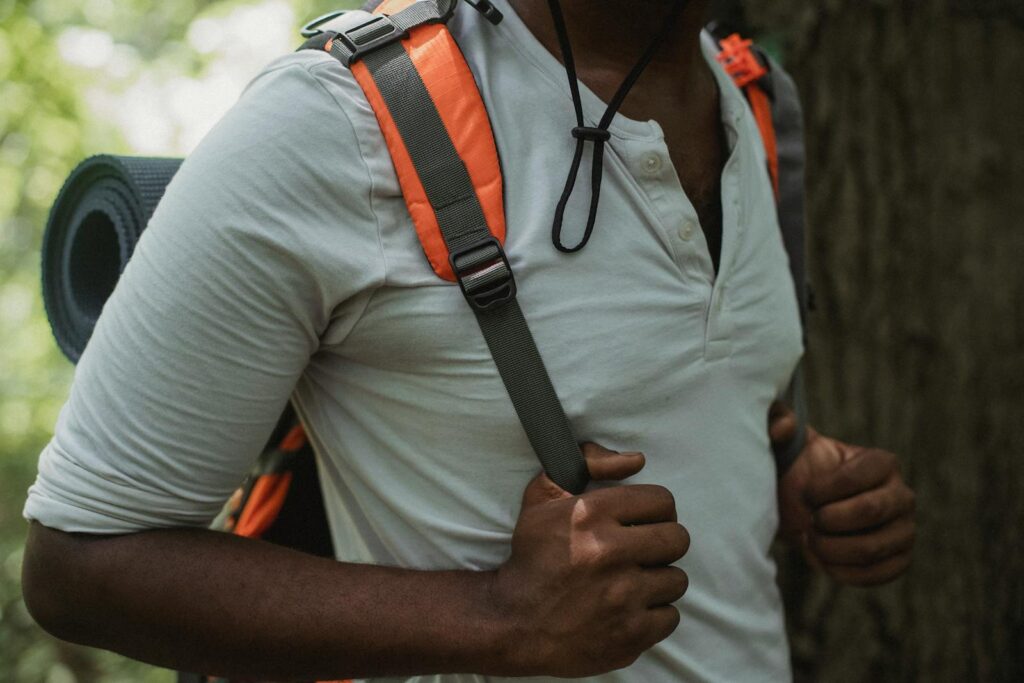
A properly fitting backpack transfers weight to your hips rather than straining your shoulders, making it arguably the most critical factor in backpack selection. Torso length—not your overall height—determines your correct pack size, measured from your C7 vertebra (the bony protrusion at the base of your neck) to the iliac crest (the top of your hip bones). Most manufacturers offer packs in multiple sizes or provide adjustable suspension systems to accommodate different torso lengths. Hip belt fit is equally important, as it should grip firmly around your iliac crest, not your waist, with the padded portions centered over your hip bones and several inches of adjustability remaining. Women-specific packs feature narrower shoulder straps, shorter torso dimensions, and differently shaped hip belts to accommodate typical female anatomical differences. Never compromise on fit for features or aesthetics, as even the most advanced pack becomes torture if it doesn’t match your body dimensions.
Frame Types and Their Impact

Modern backpacks employ various frame designs, each offering different benefits for weight distribution and stability. Internal frame packs, now the industry standard, feature supportive structures built within the pack body, hugging your back closely for excellent balance on technical terrain while providing load transfer to your hips. External frame packs, though less common today, excel at carrying heavy, awkward loads with superior ventilation, making them worth considering for those transporting unusual equipment or hiking in extremely hot conditions. Frameless packs eliminate structural support entirely, dramatically reducing weight for minimalist hikers carrying lighter loads (typically under 25 pounds). Hybrid frame systems incorporate lightweight peripheral frames or removable stays, striking a middle ground between support and weight savings. Your choice should align with your typical load weight and terrain—heavier loads and more technical hiking demand more substantial frame support.
Access Points and Organization Systems

How you access your gear significantly impacts trail efficiency, with options ranging from simple top-loaders to fully-opening front panels. Traditional top-loading packs with a single entry point at the top keep weight centered and construction simple but can make accessing items at the bottom frustratingly difficult. Front or panel-loading designs feature zippered access to the main compartment, allowing you to see and reach contents easily without unpacking everything. Multiple access points, such as side zippers or bottom compartments, provide targeted entry to specific areas, ideal for quickly retrieving sleeping bags or rain gear without disrupting other contents. Organizational features like external pockets, internal dividers, and specialized attachments help maintain order but add weight and complexity. Consider your organizational preferences carefully—some hikers prefer the simplicity and lighter weight of minimal organization, while others value the convenience of specialized storage options.
Material Considerations for Durability and Weight
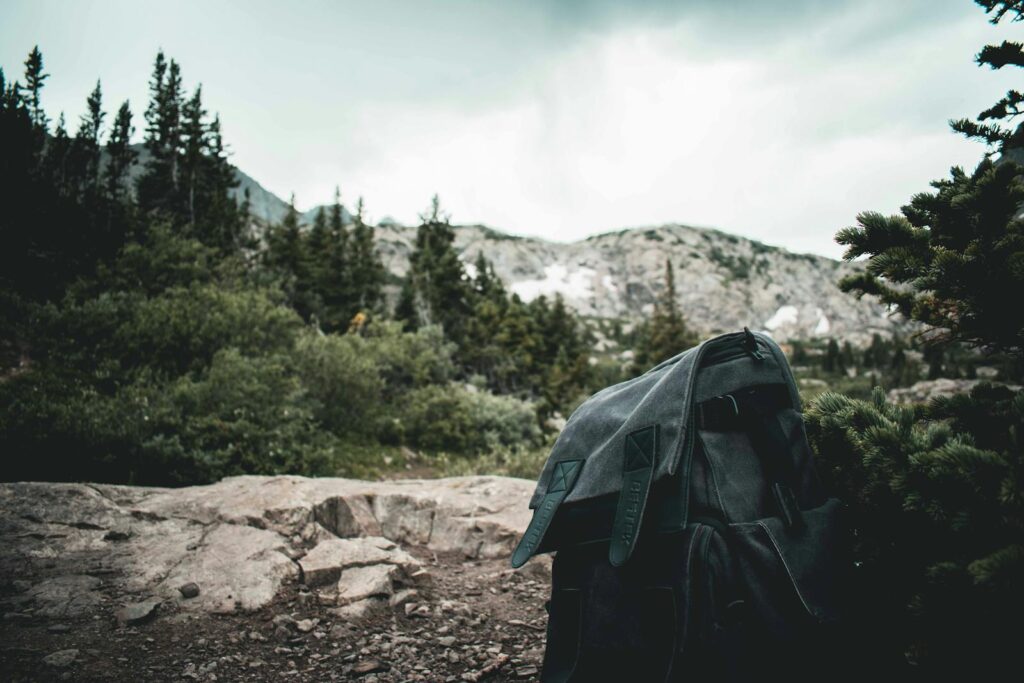
Backpack materials dramatically influence durability, weight, and weather resistance, requiring hikers to consider their priorities carefully. Denier ratings (abbreviated as “D”) indicate fabric thickness, with higher numbers signifying more robust, heavier materials—ranging from ultralight 30D ripstop nylon to bombproof 1000D Cordura. Ripstop fabrics incorporate reinforcement threads that prevent tears from spreading, ideal for lightweight packs that might encounter occasional abrasion. Dyneema Composite Fabric (formerly Cuben Fiber) offers extraordinary strength-to-weight ratios and natural waterproofing but comes with a premium price tag and reduced abrasion resistance. Water-resistant treatments like DWR (Durable Water Repellent) or PU (polyurethane) coatings provide weather protection but require periodic renewal. Consider your typical hiking environments when selecting materials—desert hikers might prioritize lighter materials since they face less moisture, while bushwhackers or those exploring rocky terrain need more abrasion resistance despite the weight penalty.
Specialized Features for Different Adventures
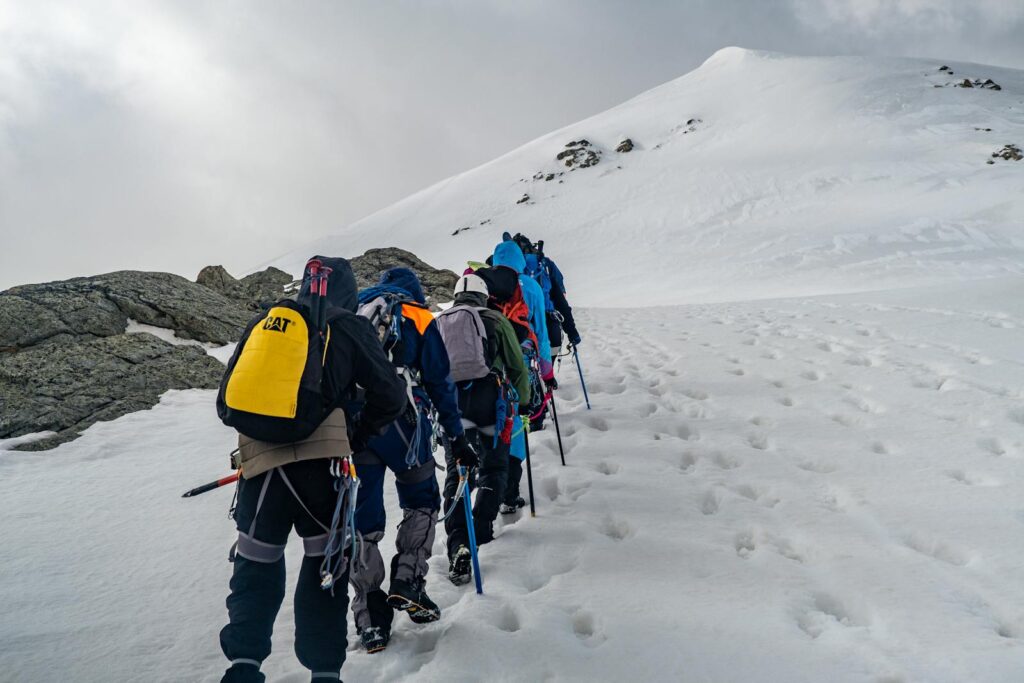
Certain hiking styles benefit from specialized features designed for specific activities or conditions. Alpine and mountaineering packs include ice axe loops, crampon patches, and rope-securing systems that would be unnecessary weight for standard wilderness hiking. Ultralight backpacking packs strip away excess features, focusing solely on essential functions to minimize weight for long-distance hikers counting every ounce. Hydration compatibility—including reservoir sleeves and drinking tube ports—proves valuable for hot weather hiking when frequent water access maintains performance and safety. Ventilated back panels with suspended mesh systems create airflow channels that reduce sweating in humid environments, a feature warm-weather hikers might prioritize over other considerations. Approach your feature selection pragmatically, focusing on components that enhance your specific hiking style rather than accumulating flashy but rarely used additions that add weight and complexity.
Weather Protection Strategies
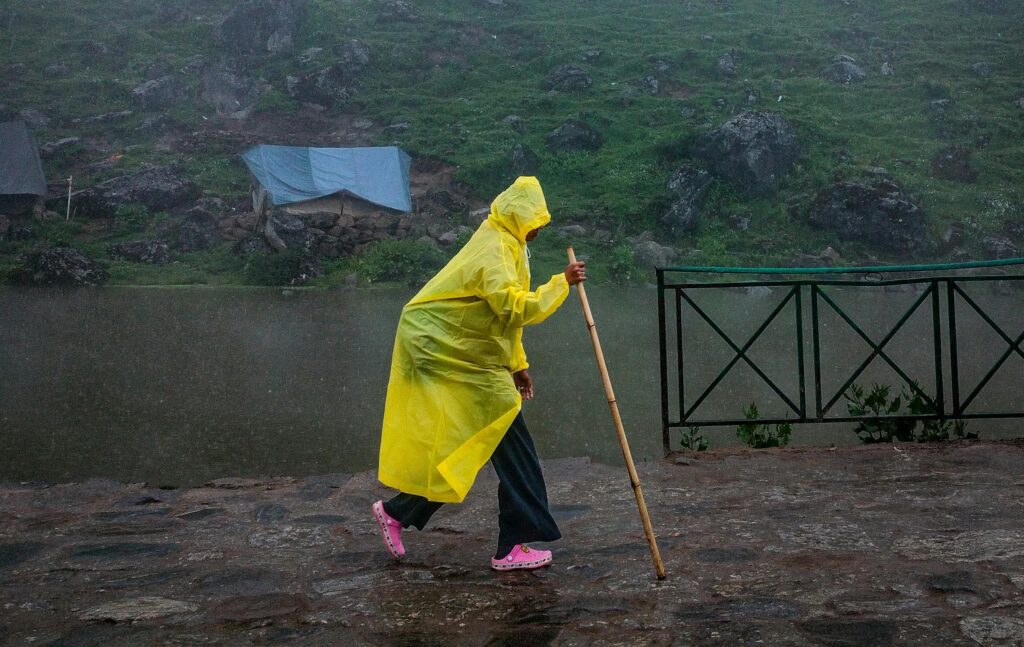
Keeping your gear dry remains crucial for both comfort and safety in the backcountry, with several approaches available. Built-in rain covers deploy quickly to shield your pack from precipitation but add weight and can catch on vegetation in windy conditions. Internal waterproof liners or pack liners provide reliable protection that isn’t affected by external conditions, though they reduce quick access to contents. Waterproof stuff sacks or dry bags for critical items offer targeted protection for essential gear like sleeping bags and electronics while allowing you to organize by category. Many experienced hikers employ a hybrid approach, using waterproof pack liners for baseline protection combined with additional dry bags for especially sensitive items, ensuring redundant protection for crucial equipment. Consider your typical hiking environments and the consequences of wet gear when determining your weather protection strategy—desert hikers might skip dedicated rain protection entirely, while those in the Pacific Northwest might consider it non-negotiable.
Budget Considerations and Value Assessment
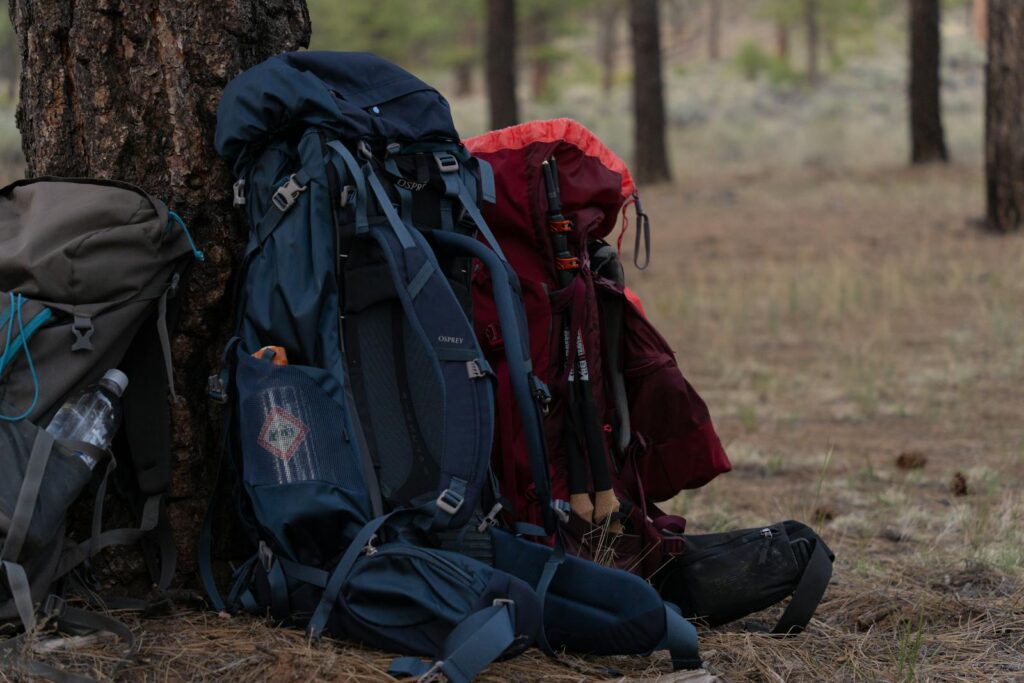
Backpack prices span an enormous range, from budget options under $100 to premium packs exceeding $600, making value assessment critical. Entry-level packs typically sacrifice durability and feature refinement but can serve occasional hikers adequately while they develop their preferences. Mid-range packs ($150-300) offer the best value proposition for most recreational hikers, providing respectable durability and thoughtful features without specialized materials or manufacturing techniques. Premium packs typically justify their higher prices through ultralight materials, innovative suspension systems, or exceptional durability that benefit committed outdoor enthusiasts. When evaluating value, consider cost-per-use rather than absolute price—a $300 pack used weekly for years proves less expensive than a $100 pack that fails after a dozen outings or causes discomfort that discourages hiking altogether. Investing in quality pays dividends through comfort, reliability, and longevity, especially for those who hike frequently or depend on their equipment in remote settings.
Trying Before Buying: The Importance of Testing

No amount of research substitutes for physically trying a loaded backpack before committing to a purchase. Visit specialty outdoor retailers where knowledgeable staff can help measure your torso and recommend appropriate models based on your hiking style. Test packs with weighted sandbags (around 20-30 pounds) to simulate realistic trail conditions, walking around the store for at least 20 minutes to identify pressure points or discomfort that might become problematic on longer hikes. Adjust the suspension system fully, including load lifters, sternum straps, and hip belt positioning, as proper setup dramatically affects comfort and load distribution. Some retailers offer rental programs allowing you to test packs overnight or for weekend trips—an invaluable service for making confident decisions on higher-end models. Remember that initial impressions matter; if a pack feels uncomfortable in the controlled environment of a store, it will likely become unbearable after hours on the trail.
Ultralight Philosophy vs. Comfort-Focused Approaches

The ultralight backpacking movement emphasizes minimizing carried weight, including the pack itself, which transforms the hiking experience but demands compromises. Ultralight packs (typically under 2 pounds) achieve their featherweight status by eliminating padding, reducing fabric thickness, simplifying suspension systems, and removing convenience features—all decisions that reduce comfort when carrying more than 25-30 pounds. Comfort-oriented packs incorporate substantial padding, robust suspension systems, and convenience features that enhance the experience at the cost of adding 2-4 additional pounds to your carried weight. Many hikers find their sweet spot in the middle with lightweight packs (2-3 pounds) that maintain essential comfort features while eliminating unnecessary elements. Your personal threshold for discomfort, typical load weights, hiking distance, and physical condition should guide this decision—thru-hikers covering thousands of miles often accept short-term discomfort for long-term weight benefits, while weekend warriors might prioritize comfort for their limited trail time.
Caring for Your Investment

Proper backpack maintenance extends its lifespan significantly, protecting your investment and ensuring reliability when you need it most. Clean your pack after significant trips by gently hand washing with mild soap and lukewarm water, paying special attention to salt deposits from sweat that can degrade materials over time. Store your backpack properly in a cool, dry location away from direct sunlight, which can degrade materials and fade colors prematurely. Address damage promptly, repairing small tears or broken components before they worsen—many manufacturers offer repair services, or you can use products like Tenacious Tape for field repairs. Periodically reapply DWR treatments to maintain water resistance, especially important for packs without integrated rain covers. With proper care, quality backpacks can last for decades of adventures, making maintenance an essential aspect of backpack ownership that pays dividends through reliability and longevity.
When to Upgrade Your Pack

Even well-maintained backpacks eventually require replacement as your hiking style evolves or materials degrade beyond repair. Consider upgrading when your hiking style shifts significantly—such as transitioning from day hiking to overnight adventures or embracing ultralight philosophies that make your current pack unnecessarily heavy. Technological improvements in suspension systems, materials, or design features sometimes justify upgrades, particularly if they address specific discomforts or limitations you’ve experienced with your current pack. Physical changes in your body, including significant weight loss or gain, pregnancy, or developing medical conditions may necessitate different support systems for comfortable load carrying. Safety concerns from structural failures, worn suspension components, or compromised weight-bearing seams indicate it’s time for replacement regardless of sentimental attachment. View backpack replacement as an opportunity to reassess your current needs rather than simply purchasing the latest version of your existing model.
In conclusion, selecting the right backpack represents one of the most consequential gear decisions for hikers, with implications that ripple through every outdoor experience. By carefully assessing your personal hiking style, understanding key technical features, and prioritizing proper fit above all else, you’ll find a pack that becomes a trusted companion rather than a burden. Remember that the perfect backpack isn’t necessarily the most expensive, lightest, or feature-laden option, but rather the one that disappears from consciousness on the trail, allowing you to immerse fully in the wilderness experience. Take time with this decision, test thoroughly before committing, and you’ll be rewarded with countless comfortable miles exploring the natural world with everything you need securely and comfortably carried on your back.

